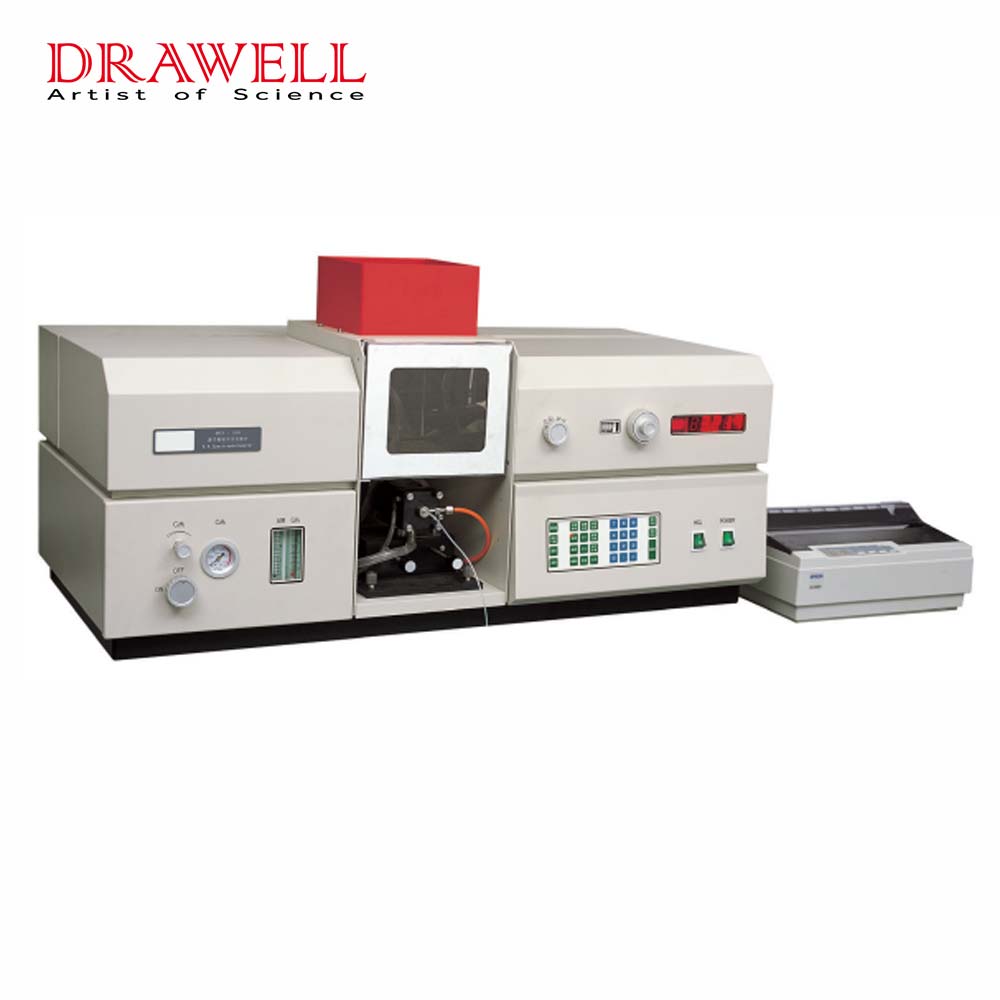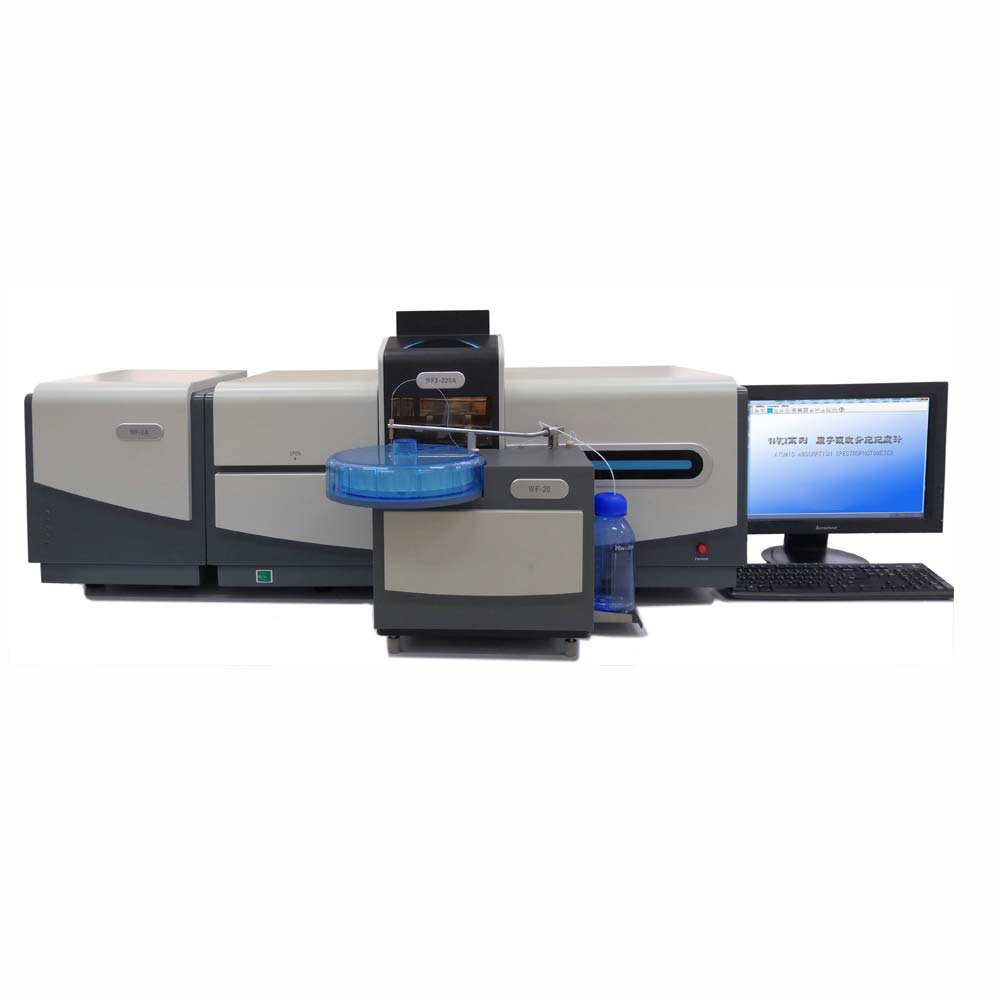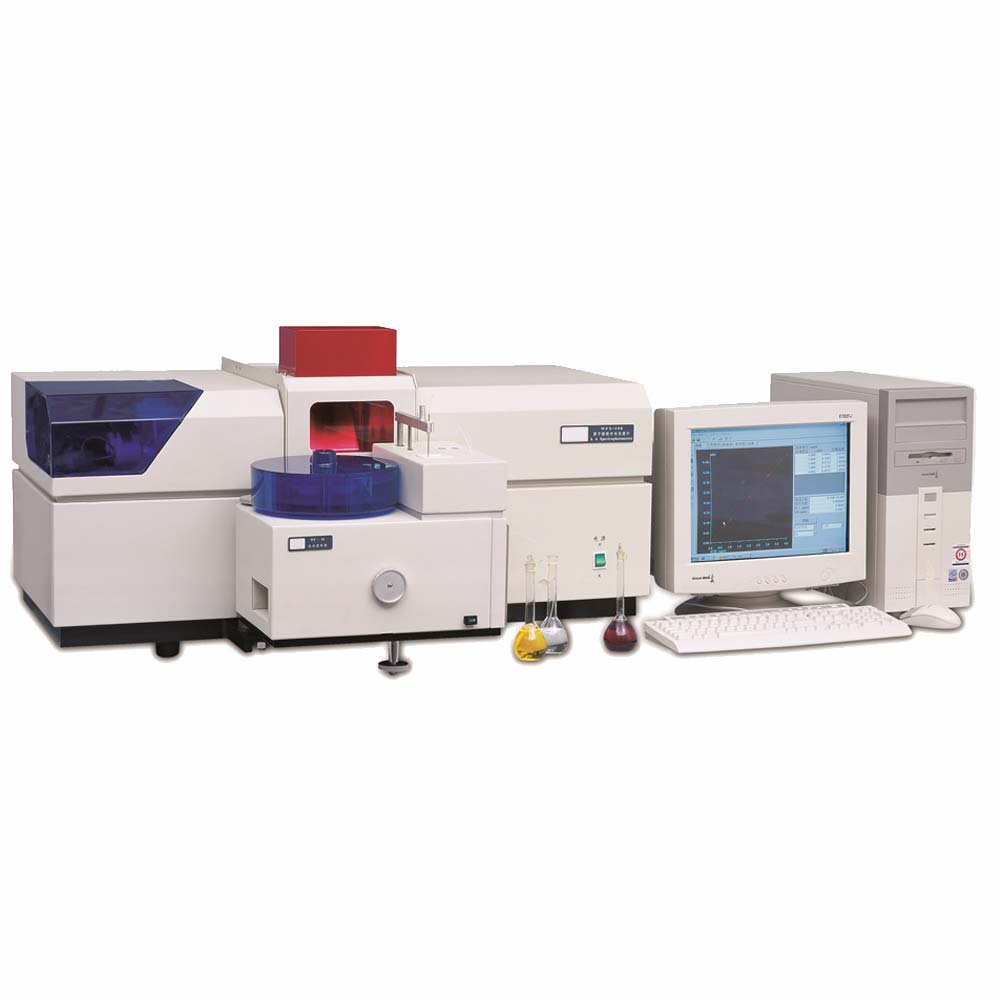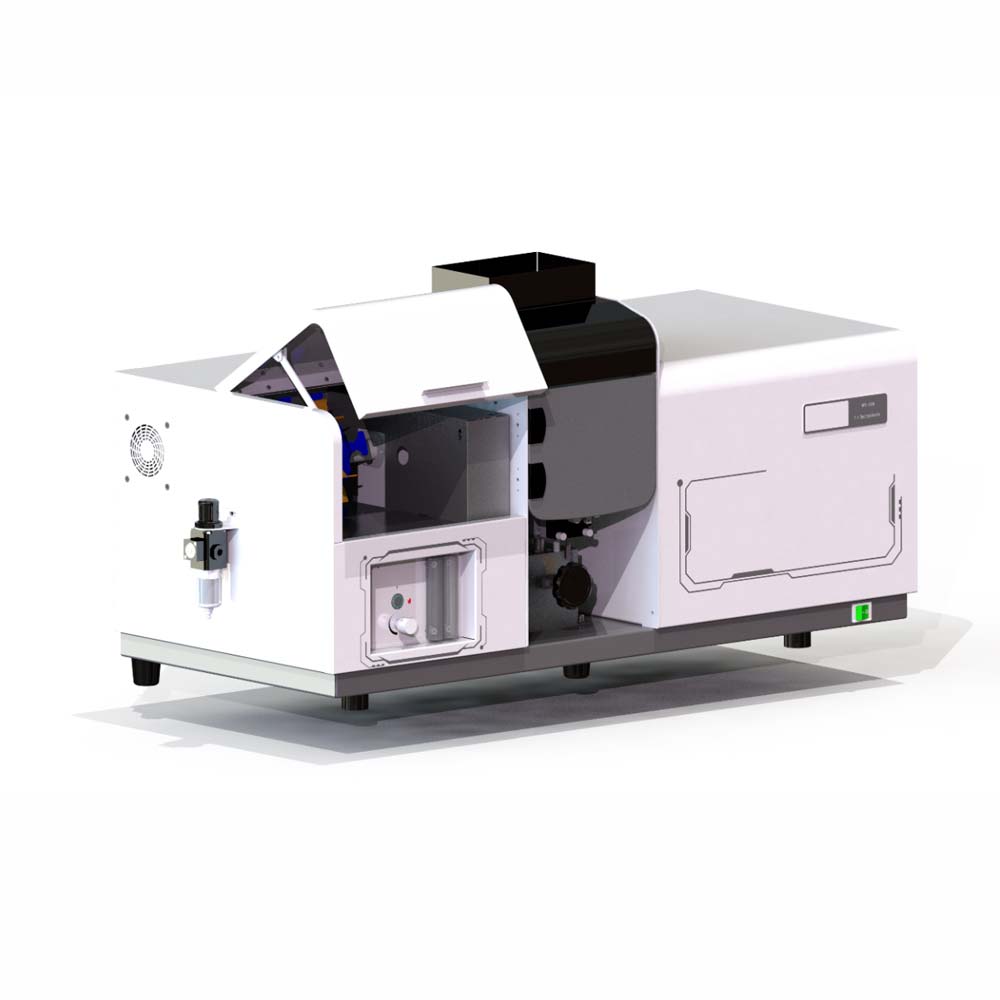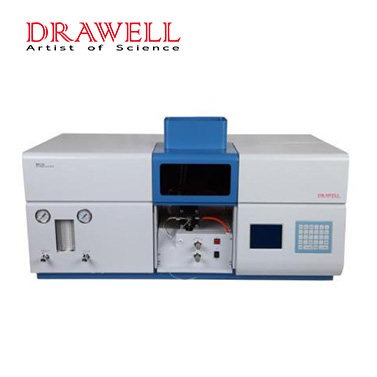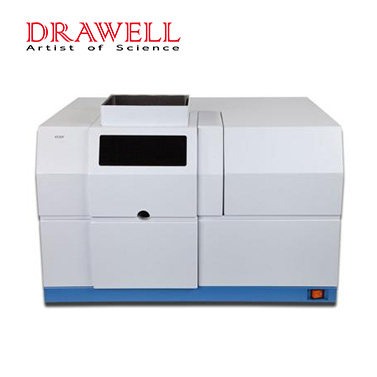Analytical chemistry plays a pivotal role in understanding the composition of various substances, making it a cornerstone in scientific research and industrial applications. Two widely used instruments in the field of analytical chemistry are the Atomic Absorption Spectrometer (AAS) and the Direct Reading Spectrometer. While both of these instruments are essential for qualitative and quantitative analysis, they serve distinct purposes and operate on different principles. In this article, we will delve into the differences between AAS and Direct Reading Spectrometer, highlighting their unique features, applications, and advantages.
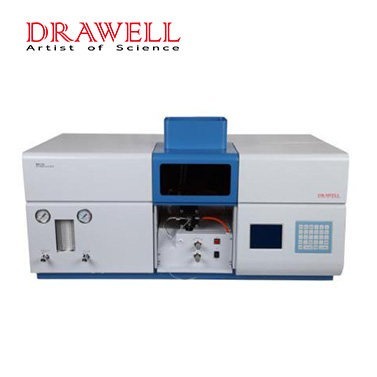
What are Atomic Absorption Spectrometer (AAS) and Direct Reading Spectrometer
Atomic Absorption Spectrometer (AAS)
An Atomic Absorption Spectrometer (AAS) is a well-established analytical instrument used primarily for elemental analysis. Its principle of operation is based on the absorption of specific wavelengths of light by atoms in a sample. AAS is particularly adept at detecting trace amounts of metals in a wide range of sample types, from environmental samples to biological specimens. Here are some key features and distinctions of AAS:
- Principle of Operation: AAS relies on the phenomenon of atomic absorption. It measures the absorption of light by free, ground-state atoms in a sample when exposed to a light source with specific wavelengths. As atoms absorb energy and transition to excited states, the instrument quantifies this absorption to determine the concentration of the target element.
- Sensitivity and Selectivity: AAS is highly sensitive, capable of detecting metals at low parts-per-billion (ppb) or even parts-per-trillion (ppt) concentrations. Its selectivity is remarkable, as it can distinguish between different elements even when they coexist in a sample.
- Sample Preparation: AAS typically requires meticulous sample preparation, including digestion and dissolution steps to convert solid or complex matrices into a solution suitable for analysis. This process can be time-consuming.
- Applications: AAS is widely used in environmental monitoring, food and beverage testing, pharmaceutical analysis, and metallurgical applications due to its exceptional sensitivity and accuracy in metal quantification.
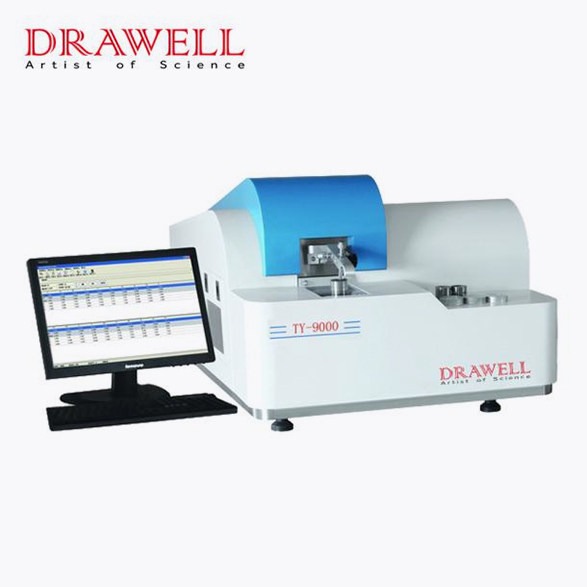
Direct Reading Spectrometer
Direct Reading Spectrometers, on the other hand, are versatile instruments used for the rapid analysis of various substances. Unlike AAS, Direct Reading Spectrometers are not limited to elemental analysis; they can provide information about the composition of compounds, including organic and inorganic materials. Here are some key characteristics and distinctions of Direct Reading Spectrometers:
- Principle of Operation: Direct Reading Spectrometers utilize techniques such as optical emission spectroscopy (OES) or X-ray fluorescence (XRF) to analyze the elemental composition of a sample. These techniques involve exciting atoms in the sample and measuring the resulting emissions.
- Sensitivity and Selectivity: While Direct Reading Spectrometers are generally less sensitive than AAS for trace metal analysis, they excel in providing rapid, semi-quantitative or qualitative results across a wide range of elements simultaneously. This makes them valuable for screening and identifying elements in various samples.
- Sample Preparation: Direct Reading Spectrometers often require minimal sample preparation compared to AAS. Solid samples can be analyzed directly without the need for complex sample digestion or dissolution steps.
- Applications: Direct Reading Spectrometers find applications in diverse fields, including mining, manufacturing, quality control, and even archaeology. They are particularly useful for on-site analysis, where quick results are essential.

4 Differences Between Atomic Absorption Spectrometer (AAS) and Direct Reading Spectrometer
- Sensitivity vs. Speed: AAS offers unparalleled sensitivity, making it the go-to choice for trace metal analysis when accuracy and precision are paramount. In contrast, Direct Reading Spectrometers sacrifice some sensitivity for speed and versatility, allowing for the rapid screening of multiple elements in a variety of sample types.
- Sample Preparation: AAS necessitates extensive sample preparation, which can be time-consuming and labor-intensive. Direct Reading Spectrometers offer a more streamlined workflow, often enabling direct analysis of solid samples, thus reducing sample preparation time and complexity.
- Elemental Range: AAS is primarily used for the analysis of metals and metalloids, while Direct Reading Spectrometers can provide information on a broader range of elements, including non-metals. This makes Direct Reading Spectrometers suitable for a wider range of applications.
- Cost: AAS instruments tend to be more expensive than Direct Reading Spectrometers, both in terms of initial purchase and maintenance. Direct Reading Spectrometers are more accessible to smaller laboratories and industries with budget constraints. If you cannot make a decision, Drawell feel free to help you at any time.
Conclusion
In the realm of analytical chemistry, the choice between an Atomic Absorption Spectrometer (AAS) and a Direct Reading Spectrometer depends on the specific analytical requirements and objectives. AAS is the preferred choice when utmost sensitivity and precision are needed, particularly for trace metal analysis. It is commonly used in laboratories where meticulous sample preparation can be accommodated.
On the other hand, Direct Reading Spectrometers offer a rapid and versatile solution for a wide range of applications. Their ability to provide semi-quantitative or qualitative results across multiple elements in various sample types makes them invaluable for quick screening and on-site analysis.
In essence, the choice between AAS and Direct Reading Spectrometer should be driven by the analytical goals, sample types, and budget considerations. Both instruments have their unique strengths and can be powerful tools in the hands of skilled analysts, contributing to advancements in fields ranging from environmental science to industrial quality control.

